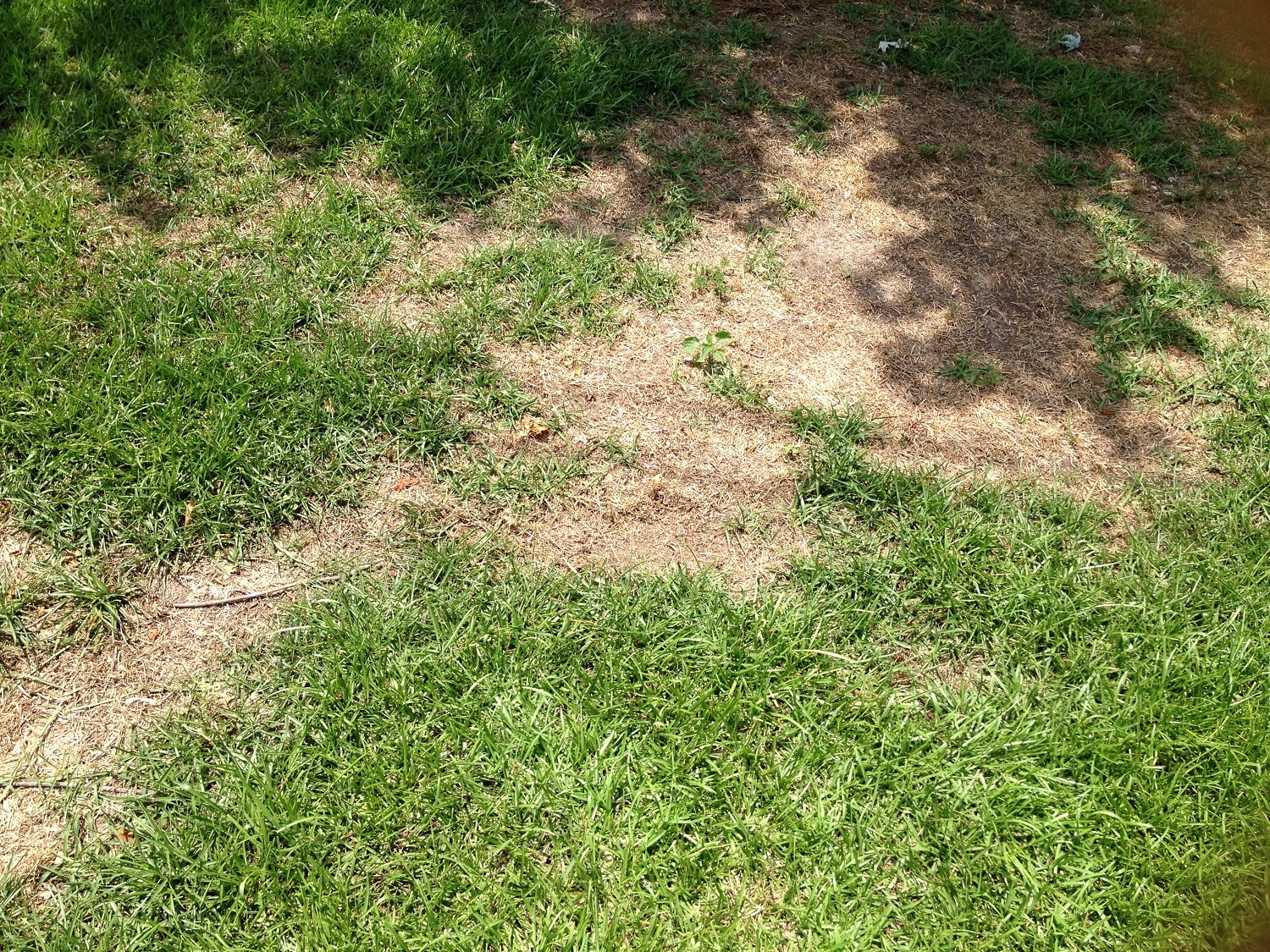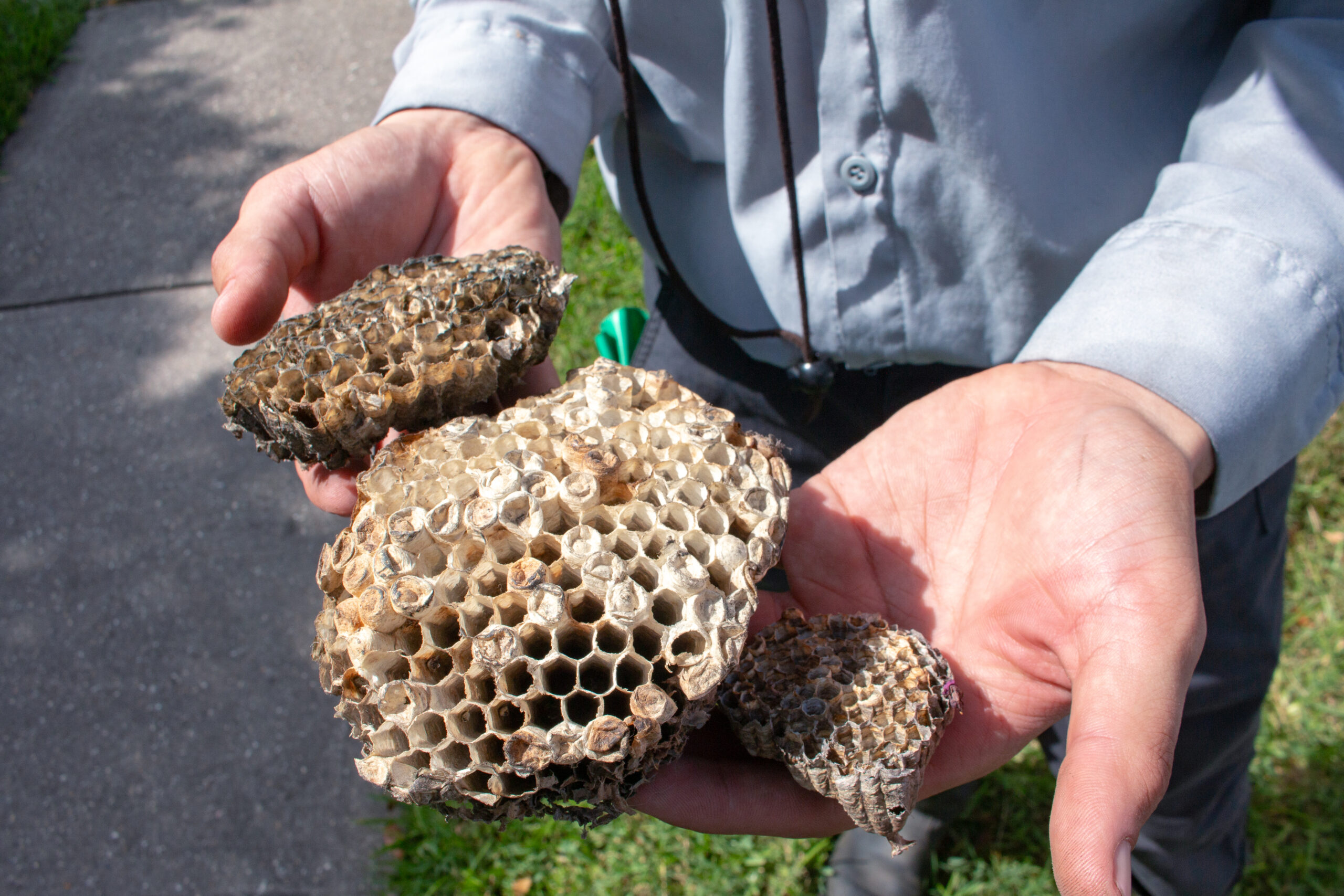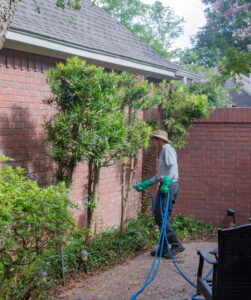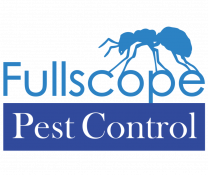Do you have a spot in your lawn that just won’t seem to green up, no matter what you do? If so, you may be dealing with a phenomenon known as Spring Dead Spot (SDS). The disease is at its most active infecting your turf grass during moist fall conditions when the soil temperatures go below 70° F. The disease will continue doing damage until the soil tempers drop below 50° F. Infections will resume the following spring when soil warms up again. SDS is one of the most harmful diseases of Bermuda grass. Read on to learn more about what you need to know regarding this common lawn problem and how to fix it.
What is Spring Dead Spot?
Spring Dead Spot is a fungal disease that affects turf grasses, particularly Bermuda grass and St. Augustine grass. The disease gets its name from the fact that it is most noticeable in the spring, when affected patches of grass remain brown and dormant even as the rest of the lawn greens up. The disease is caused by infection by one or more species of the Ophiosphaerella fungus. These soil-based fungi damage the roots, rhizomes, and stolons by completely rotting out these parts of your lawn’s grass leaves.
While the disease is most commonly found on golf courses and in other commercial landscapes, it can also affect residential lawns. If you have noticed large, dead patches in your Bermuda or St. Augustine grass during the spring months, there’s a good chance you’re dealing with Spring Dead Spot.
What Does Spring Dead Spot Look Like?
The symptoms of Spring Dead Spot (SDS) are well-defined and bleached-out, ashy-looking dead patches on your lawn while the rest of your lawn is greening, especially during the springtime. Oddly, the infection itself doesn’t cause symptoms of SDS, but rather it makes the infected grass more prone to winter damage. Symptoms are notably worse following longer cold, wet winters. On the other hand, after a warmer and dryer winter, damage to the lawn will be noticeably less prominent. Untreated, the diseased patches of your lawn can get larger and larger each year. Weeds may also thrive in these weakened, damaged patches of lawn.
How to Treat Spring Dead Spot
The best way to deal with SDS is to prevent it from occurring in the first place. The fungus that causes the disease thrives in moist conditions, so watering your lawn only as necessary (and not over-watering) can help make your turf less susceptible. In addition, aerating your lawn regularly will promote good drainage and help reduce compaction, which can also make your turf more resistant to the fungus.
If you already have SDS in your lawn, there are a few things you can do to try to control it. First, increase the frequency of mowing until the affected areas have recovered; this will help remove infected tissue and prevent the spread of the fungus. You can also treat affected areas with a fungicide specifically designed for use against SDS; just be sure to follow all directions carefully when using any type of pesticide or herbicide on your lawn.
Must Read:ECO-FRIENDLY TERMITE CONTROL: THE SUSTAINABLE BENEFITS OF BAITING
There’s plenty you can do to keep your lawn looking great, but sometimes pest problems become too much and undo all your hard work. Calling a professional lawn service is always much more cost effective and a timesaver in the long run if you feel your lawn is being overwhelmed with lawn diseases and other pests that might be damaging your turf’s natural beauty. Finding the right lawn service can help you deter expensive damage by getting a handle on things early on. Call our Texas FullScope lawn pest control experts today at 832-898-0190 for a free consultation. Or email us at [email protected]. We can quickly help you get your lawn problem under control, as well as other expensive problems in your home or business.






